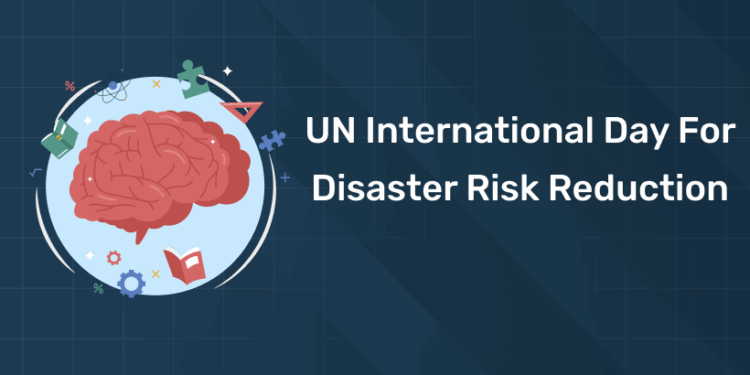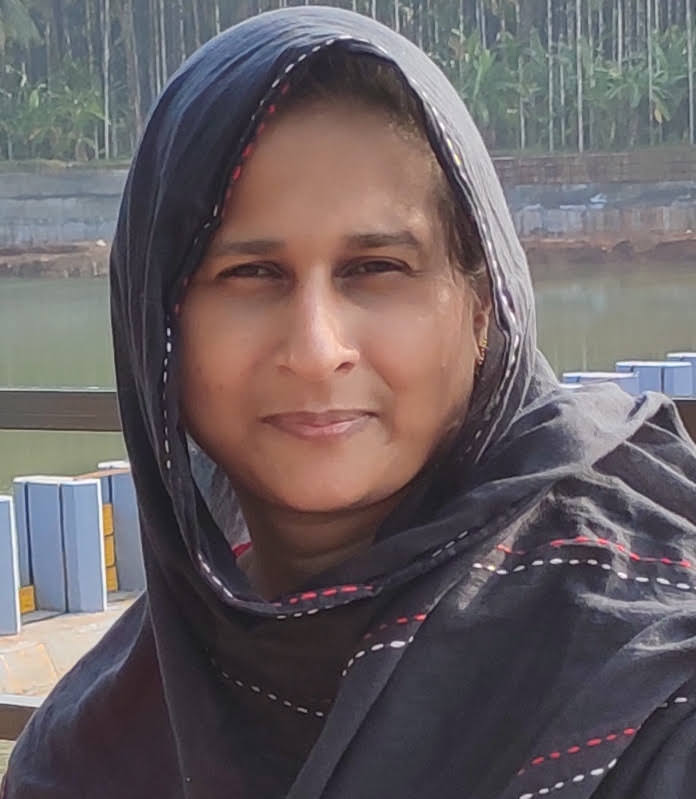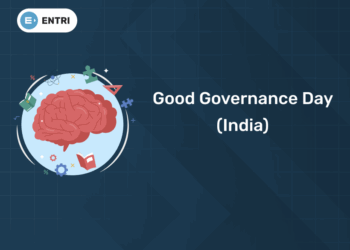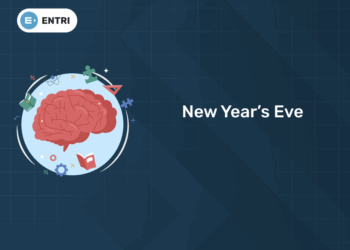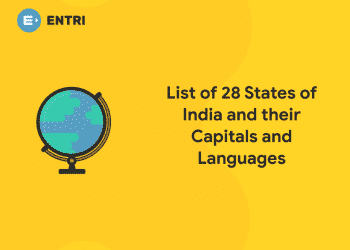Table of Contents
Disasters, whether natural or human-made, pose significant threats to lives, communities, and economies worldwide. From floods and earthquakes to industrial accidents, these events can cause severe damage in a short time. The International Day for Disaster Risk Reduction is observed to raise awareness about reducing such risks. It emphasizes the importance of preparedness, resilience, and proactive measures to minimize loss and protect vulnerable populations.
This day also encourages governments, organizations, and individuals to take action. It highlights global efforts, such as the Sendai Framework, to guide disaster risk reduction strategies. Awareness campaigns, training programs, and community activities are organized to strengthen safety measures. By promoting knowledge and cooperation, the day aims to create resilient societies capable of facing disasters effectively.
International Day for Disaster Risk Reduction 2025 Date – October 13
In this article readers can get a glimpse on
- History and Objective of International Day for Disaster Risk Reduction
- International Day for Disaster Risk Reduction Theme 2025
- International Day for Disaster Risk Reduction Quiz
History and Objective of International Day for Disaster Risk Reduction
1: Who was the first woman President of India?
The International Day for Disaster Risk Reduction was first observed in 1989. It was established to increase awareness about the importance of reducing disaster risks globally. The United Nations recognized the need to encourage countries to adopt measures to protect lives and property. Over the years, it has grown into a platform for sharing knowledge, best practices, and innovative strategies. The day highlights how disasters affect communities and economies, especially in vulnerable regions.
The main objective of this day is to promote a culture of disaster preparedness and resilience. It aims to reduce the impact of both natural and human-made hazards. Governments, organizations, and individuals are encouraged to take preventive measures and plan for emergencies. The day also supports the implementation of frameworks like the Sendai Framework for Disaster Risk Reduction. Overall, it strengthens global efforts to build safer and more resilient societies.
Free UPSKILLING Courses!
Take your first step toward mastering in-demand skills, acing interviews, and securing top-tier jobs with Entri's free upskilling courses.
Start Learning!International Day for Disaster Risk Reduction Theme 2025
The International Day for Disaster Risk Reduction (IDDRR), observed annually on October 13th, carries a powerful and financially sound theme for 2025: “Fund Resilience, Not Disasters.”
This theme is a direct call to action for governments, development organizations, financial institutions, and the private sector to strategically shift their resources from reactive, expensive disaster response and recovery to proactive, cost-effective investments in disaster prevention and resilience-building.
The Economic Case for Resilience
The focus on funding is driven by stark economic realities. The United Nations Office for Disaster Risk Reduction (UNDRR) highlights that while direct disaster costs are staggering, the true global cost, including indirect and long-term economic and social impacts, can be many times higher.
The core argument is simple: prevention pays. Research consistently shows that for every $1 invested in making infrastructure disaster-resilient in developing countries, an average of $4 is saved in economic impacts when a disaster strikes. By contrast, current global spending on disaster risk reduction (DRR) remains woefully low, often less than 1% of national budgets in many vulnerable countries.
Two Key Calls to Action
The 2025 IDDRR campaign emphasizes two critical objectives to fundamentally change the current funding model:
- Increase Funding for DRR: Governments and international partners must dramatically increase the budgetary allocation for disaster risk reduction and climate change adaptation, ensuring that these funds are ‘ring-fenced’ and effectively utilized.
- Ensure Risk-Informed Investment: All public development projects and private sector investments (which account for the majority of global development spending) must be stress-tested against potential hazards. This means building codes, infrastructure planning, and supply chain management must be inherently resilient to minimize future losses.
The theme, “Fund Resilience, Not Disasters,” aligns directly with the Sendai Framework for Disaster Risk Reduction (2015-2030) and underscores the fact that investing in DRR is not a cost, but a strategic, long-term economic investment that is essential for achieving sustainable development goals and securing a safer future.
International Day for Disaster Risk Reduction Previous Themes
The theme for the International Day for Disaster Risk Reduction (IDDRR), observed annually on October 13th, often aligns with the targets of the Sendai Framework for Disaster Risk Reduction (2015-2030).
Here are the themes for IDDRR from 2015 to 2025:
- 2025: “Fund Resilience, Not Disasters”
- Focus: Highlighting the urgent need to shift funding from reactive disaster response to proactive investments in disaster risk reduction.
- 2024: “Empowering the next generation for a resilient future”
- Focus: The role of education in protecting and empowering youth for a disaster-free future.
- 2023: “Fighting inequality for a resilient future”
- Focus: Exploring how disasters and vulnerability are two sides of the same coin, where unequal access to services and resources leaves the most at risk exposed.
- 2022: “Target G of the Sendai Framework”
- Focus: Substantially increase the availability of and access to multi-hazard early warning systems and disaster risk information and assessments to people by 2030.
- 2021: “International cooperation for developing countries to reduce their disaster risk and disaster losses”
- Focus: Highlighting best practices and examples of international cooperation that positively impact people in disaster-prone parts of the world.
- 2020: “Good disaster risk governance”
- Focus: Conveying the message that many disasters can be avoided or prevented with sound risk reduction strategies, planning, and management.
- 2019: “Target (d) of the Sendai Framework”
- Focus: Substantially reduce disaster damage to critical infrastructure and disruption of basic services.
- 2018: “Target (c) of the Sendai Framework”
- Focus: Reduce direct disaster economic loss in relation to global gross domestic product (GDP).
- 2017: “Target (b) of the Sendai Framework”
- Focus: Reduce the number of people affected globally by disasters.
- 2016: “Target (a) of the Sendai Framework”
- Focus: Substantially reduce global disaster mortality.
- 2015: “Knowledge for Life”
- Focus: Highlighting the knowledge, ideas, and traditions that can be used to reduce disaster risk.
International Day for Disaster Risk Reduction Quiz 2025
A) Africa
B) Asia-Pacific
C) Europe
3. What is the most common type of natural disaster globally?
A) Earthquakes
B) Floods
C) Cyclones
A) 50%
B) 60%
C) 75%
5. How many people are affected by disasters globally every year?
A) Approximately 100 million
B) Approximately 200 million
C) Approximately 300 million
A) Every week
B) Every day
C) Every month
A) Around 90
B) Around 130
C) Around 170
A) Paris Agreement
B) Sendai Framework
C) Kyoto Protocol
A) UNDP
B) UNDRR
C) WHO
Want More Engaging Questions?
Download our FREE PDF packed with insightful quiz questions to test your knowledge!
🔽 Click below to get your free copy now! 🔽
Free UPSKILLING Courses!
Take your first step toward mastering in-demand skills, acing interviews, and securing top-tier jobs with Entri's free upskilling courses.
Start Learning!International Day for Disaster Risk Reduction Quiz 2025 PDF
Disaster risk reduction is essential for protecting lives, communities, and economies worldwide. Observing this day reminds us of the importance of preparedness, early warning systems, and resilient infrastructure. It encourages governments, organizations, and individuals to work together proactively. By taking preventive measures, societies can minimize losses and recover faster from emergencies. Awareness and action today lead to safer communities tomorrow.
The International Day for Disaster Risk Reduction also strengthens global collaboration. Sharing knowledge, strategies, and resources helps countries build resilience against hazards. Everyone, from policymakers to local communities, plays a role in reducing risks. The day reinforces the connection between disaster preparedness and sustainable development. Ultimately, it inspires a culture of safety and long-term resilience for all.
Free UPSKILLING Courses!
Take your first step toward mastering in-demand skills, acing interviews, and securing top-tier jobs with Entri's free upskilling courses.
Start Learning!Frequently Asked Questions
What is the International Day for Disaster Risk Reduction?
The International Day for Disaster Risk Reduction is observed globally on October 13. It aims to raise awareness about reducing disaster risks. The day encourages countries to strengthen policies and strategies. It highlights the importance of preparedness and resilience. Communities are reminded to minimize the impacts of natural and human-made disasters.
Who organizes the International Day for Disaster Risk Reduction?
The day is promoted by the United Nations Office for Disaster Risk Reduction (UNDRR). UNDRR supports countries in implementing disaster risk reduction strategies. It coordinates global efforts to reduce vulnerability to disasters. The office also shares knowledge and best practices internationally. Governments and organizations collaborate with UNDRR to take action locally.
Why is disaster risk reduction important?
Disaster risk reduction saves lives and reduces economic losses. It helps communities prepare for natural and human-made hazards. Early warning systems and safety plans minimize damage. It supports sustainable development by protecting resources and infrastructure. Reducing risks ensures long-term resilience for vulnerable populations.
What types of disasters are covered under this day?
The day addresses natural disasters like floods, earthquakes, cyclones, and landslides. Human-made disasters such as industrial accidents are also included. Climate-related disasters like droughts are considered as well. It emphasizes the interconnected nature of risks globally. Awareness campaigns highlight all forms of hazards equally.
What is the Sendai Framework for Disaster Risk Reduction?
The Sendai Framework is a global agreement guiding disaster risk reduction. It provides targets to reduce loss of lives and economic damage. Countries follow its guidelines to improve preparedness and resilience. The framework focuses on understanding hazards and reducing vulnerability. It is central to international disaster risk reduction strategies.
How do countries participate in this day?
Countries organize awareness campaigns, workshops, and training programs. Schools and communities participate in educational activities and drills. Governments promote policies for risk reduction and emergency preparedness. Media campaigns highlight practical measures to minimize hazards. Participation ensures communities are better prepared for disasters.
How does disaster risk reduction benefit communities?
It reduces fatalities and injuries during emergencies. It protects homes, infrastructure, and public services. Communities can recover faster after disasters. It promotes safety awareness and preparedness habits. Overall, it strengthens resilience and reduces long-term economic losses.
What role do individuals play in disaster risk reduction?
Individuals can prepare emergency kits and evacuation plans. They can stay informed about early warning systems. Participating in drills enhances personal and community safety. Awareness of hazards helps prevent avoidable risks. Everyone contributes to a safer, more resilient community.
How is technology used in disaster risk reduction?
Technology helps monitor hazards like floods, storms, and earthquakes. Early warning systems alert communities in time to act. Data collection and mapping improve preparedness and planning. Communication tools spread safety information efficiently. Technology strengthens global coordination during emergencies.
How does this day connect to sustainable development?
Reducing disaster risks protects lives, resources, and infrastructure. It ensures that development projects are resilient to hazards. Disaster risk reduction promotes long-term social and economic stability. Sustainable practices help communities adapt to climate-related disasters. It supports the achievement of global sustainable development goals.


